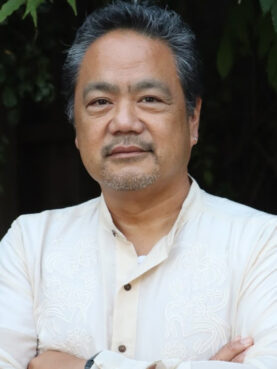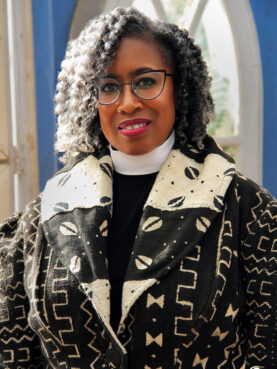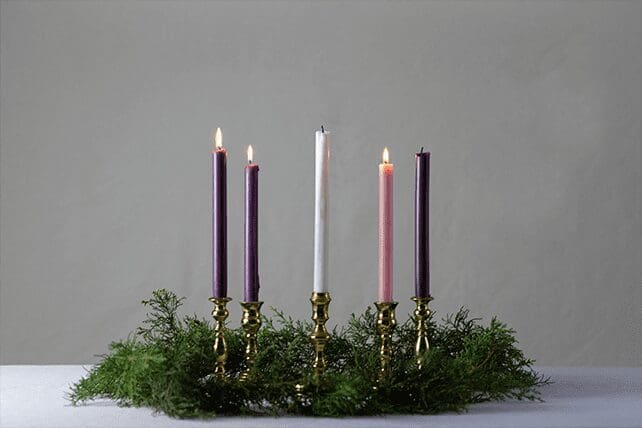(RNS) — The Rev. Bruce Reyes-Chow has always been bothered by Advent’s emphasis on the imagery of light and darkness.
For at least the last decade, the Presbyterian Church (U.S.A.) pastor has been urging other clergy to be thoughtful in how they use the language — often equating light with good and dark with bad — during the liturgical season of Advent in the roughly four weeks leading up to Christmas.
“My annual plea to preachers that during Advent we be aware of how much and how often we equate dark with bad and light with good,” he tweeted last year as the season began.
“The idea that darkness is inherently bad needs no reinforcement, so let’s let go of the confining imagery and embrace creative reimagination.”
The conversation about that Advent imagery of dark and light — and how readily it can be associated with skin color — is one many Christians are having years into a racial reckoning for both the church and the country, sparked by the murders of George Floyd and other Black people in 2020.

The Rev. Bruce Reyes-Chow. Courtesy photo
And, Reyes-Chow said, it seems like more Christians are listening — or at least, he told Religion News Service, fewer Christians are objecting as loudly as they once did in the comments on his social media posts.
Reconsidering the language and imagery Christians use at Advent isn’t about “banning words,” Reyes-Chow said, but about expanding Christians’ understanding of God and how God speaks to them.
“I just think that this is a liberating time, and so why let ourselves be, in some ways, still bound by this imagery that is not liberating for many people? In fact, it’s more confining,” he said.
There are several reasons why the imagery of light and darkness comes up so much during the season of Advent — including in the lyrics of the best-known Advent hymns, like “O Come, O Come, Emmanuel”: “O come, thou Dayspring from on high / And cheer us by thy drawing nigh: / Disperse the gloomy cloud of night / And death’s dark shadow put to flight.”
Part of it is simply meteorological. The dark winter nights stretch longer during Advent in the Northern Hemisphere, said the Rev. Wil Gafney, an Episcopal priest and professor of Hebrew Bible at Brite Divinity School.
And, as some point out in defense of the imagery, it appears in the Bible, including many of the Scripture passages read during Advent: “The light shines in the darkness, and the darkness has not overcome it.”

The Rev. Wil Gafney. Courtesy photo
But the context in which the writers of Scripture composed those metaphors is very different from the context in which they are read today, according to Gafney, who has been translating Scripture for more than 20 years.

